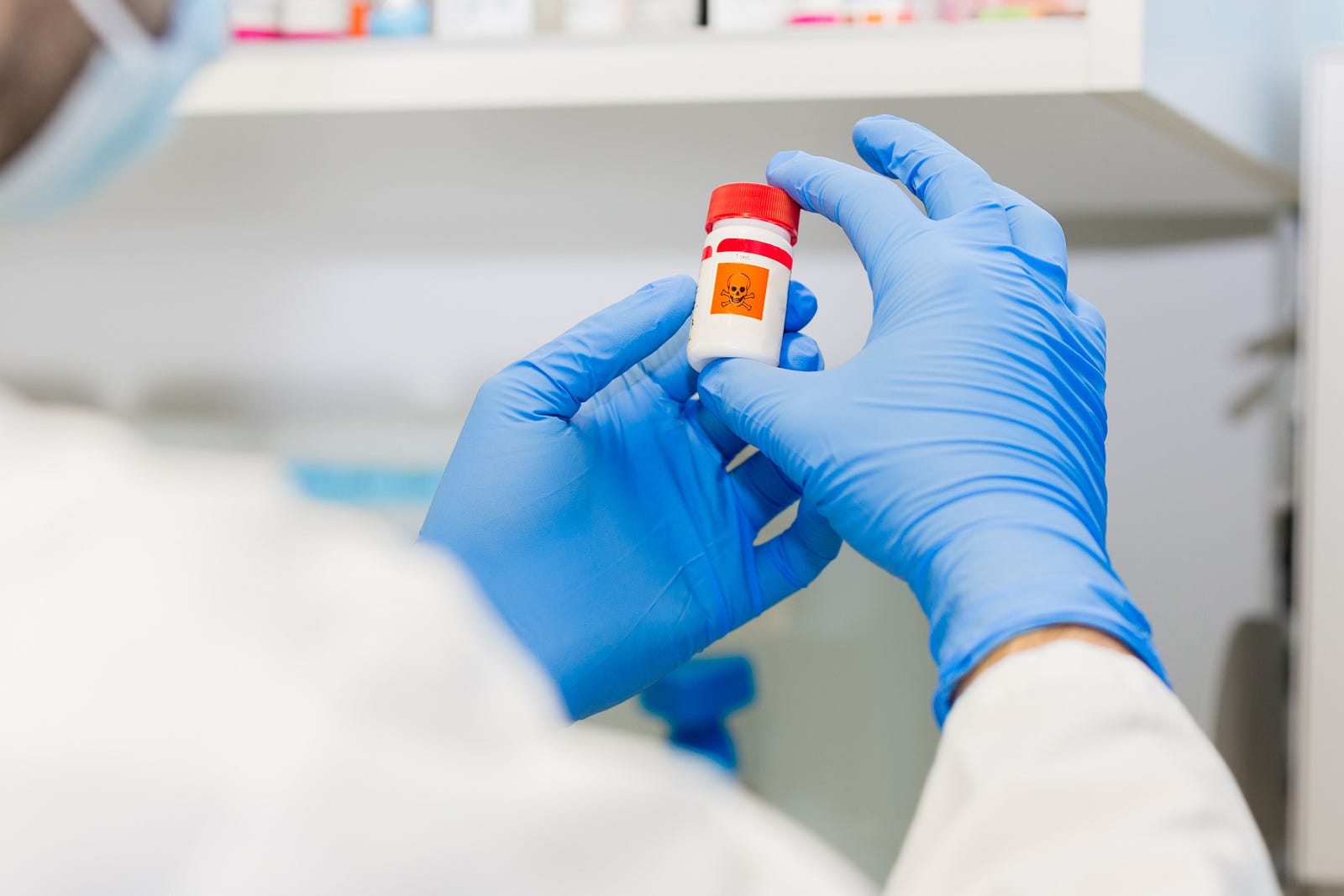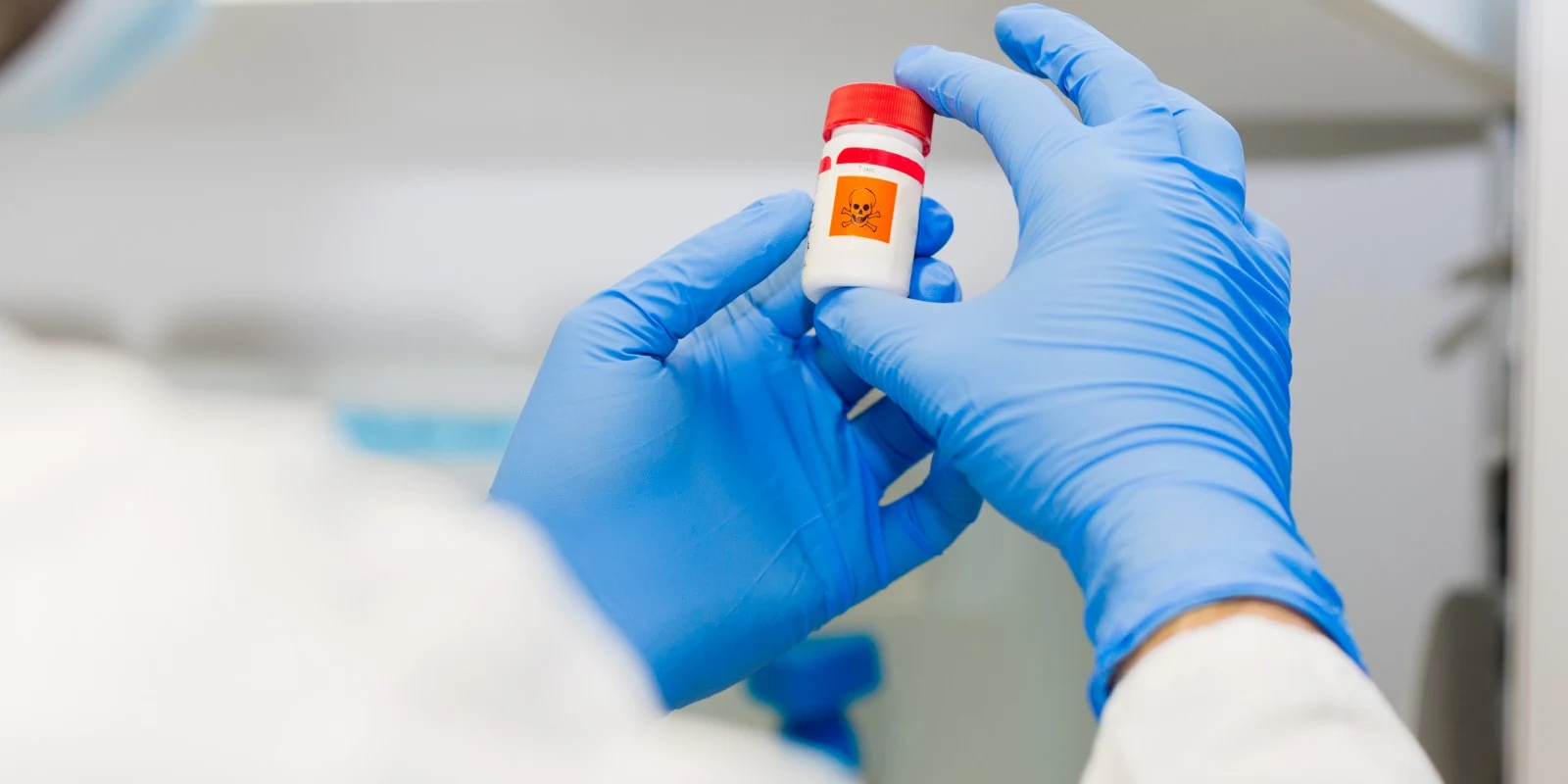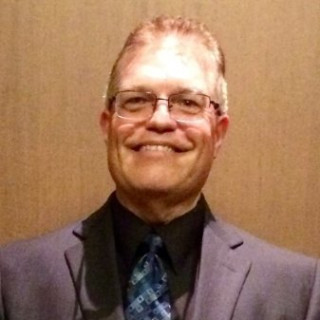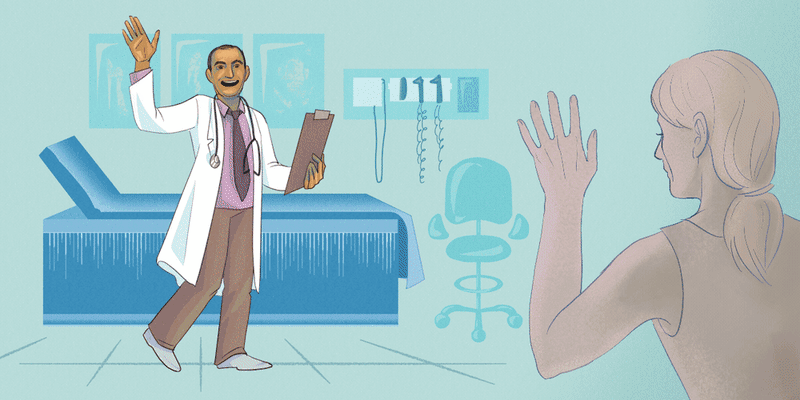
Since its release in 2004, USP<797> has provided an enforceable set of sterile compounding standard operational procedures (SOPs) highlighting personnel, process and engineering controls. It focused all its attention on the final product, the CSP with the intent of minimizing the potential harm that extemporaneously prepared sterile compounds pose to patients.
The hazardous drugs compounding chapter, USP<800>, a 797 spin-off, was released in July 2018, and has added a layer of occupational and environmental safety to HD compounding. The chapter focuses on all aspects of hazardous drug handling. Therefore, the potential risk of exposure to healthcare workers while receiving, compounding, dispensing, transporting, containing (spills) and wasting of hazardous medications must be managed and mitigated. This effort is made by administrative controls, via policies and procedures, capital allocation as well as careful design of hazardous compounding areas. Next, the employee participation is critical through adherence and application of work practices and processes aimed at HD contamination prevention and exposure reduction. As we apply the “800 way,” healthcare facilities may find it challenging to apply the new standard in some key areas of compliance.
Determining which agents in the NIOSH list pose the greatest health risk to healthcare workers
All HDs must be inventoried annually, and their exposure risk communicated as part of the organization’s hazard communication program. Perform an HD exposure risk assessment placing attention on those agents which are common to your organization. For larger organizations, the assistance from both Risk Management and Employee Health departments will be a must. Decide which dosage forms of your formulary drug must be handled as an HD. For example, a solid oral chemo is safe enough for patients to take home in a medication vial but will be hazardous to employees when it is split and repackaged or crushed and compounded into an oral liquid. In addition, sometimes drugs are categorized by facilities as hazardous because they must be discarded as per EPA regulations in a hazardous waste stream. (Note:you can see pharmaceutical waste categorizations in the EPA website or pharmaceutical waste disposal vendors such as Stericycle.)
Materials management — Where and how to receive and unpack hazardous medication
When receiving medications from a distributor, carefully study the packing lists and determine which a tote contains the HD. Then segregate it so it may be unpacked, opened and inspected for breakage in a designated HD containment area.
The difference between decontamination, cleaning and sanitization
Decontamination renders hazardous residues inactive via chemical degradation with strong oxidizers such as peroxides and bleach. Cleaning decontaminated work surface residues can be accomplished wiping the area with sterile water. Sanitization is the last step to make the deck of the BSC or other work surface suitable for sterile compounding. Some peroxide disinfectants double up as decontamination agents as well as sanitizers but it requires two individual steps. Sterile IPA is not effective as a one-step disinfectant but can be used to remove the haze that disinfectants leave on surfaces. Note: Bleach is effective but it corrodes stainless steel and must be neutralized with sodium thiosulfate.
Pressurization of controlled environments and hazardous room HVAC dynamics
Depending on how your cleanroom is designed, you may have a common ante room for both hazardous (negative) and non-hazardous(positive) buffer rooms. In that case, your ante room must certify as an ISO-7 and have the same air quality as a buffer room. The ante room is “sharing” the air with the hazardous buffer through a negative pressure differential.
Donning & duffing HD compounding PPE
Donning PPE for HD compounding requires: double gowns, double shoe covers and double gloves. Duffing(removing) PPE: Leave outer glove inside the BSC as HD trace waste, remove and leave outer (chemo) gown inside the HD buffer and remove outer shoe covers and leave in HD room as HD trace waste. Note: You may need a designate duffing area or “line” so none of the HD PPE crosses over to non-HD areas.
Choosing CSTDs
A less expensive CSTD may not protect workers against vapors (PhaSeal®, Equashield® and Halo® do).
Spill management in patient areas
Work to have the facility call a “CODE” whenever a spill occurs. Work on an interdisciplinary response team consisting of a member from Safety, Environmental and Pharmacy. Distribute a spill kit to all areas where HD drugs are administered or dispensed. The Lab must be involved to neutralize, contain and remove spills involving non-pharmacological (chemical) agents.
Luis Hernandez is a Clinical Staff Pharmacist at a tertiary community hospital in Homestead, Florida and owner/ President IV Seven97 Training Solutions, PLLC, a sterile compounding training company for Pharmacy staff. He has 30+ years experience in Pharmacy, 10+ years of experience in Pharmacy cleanroom management.







